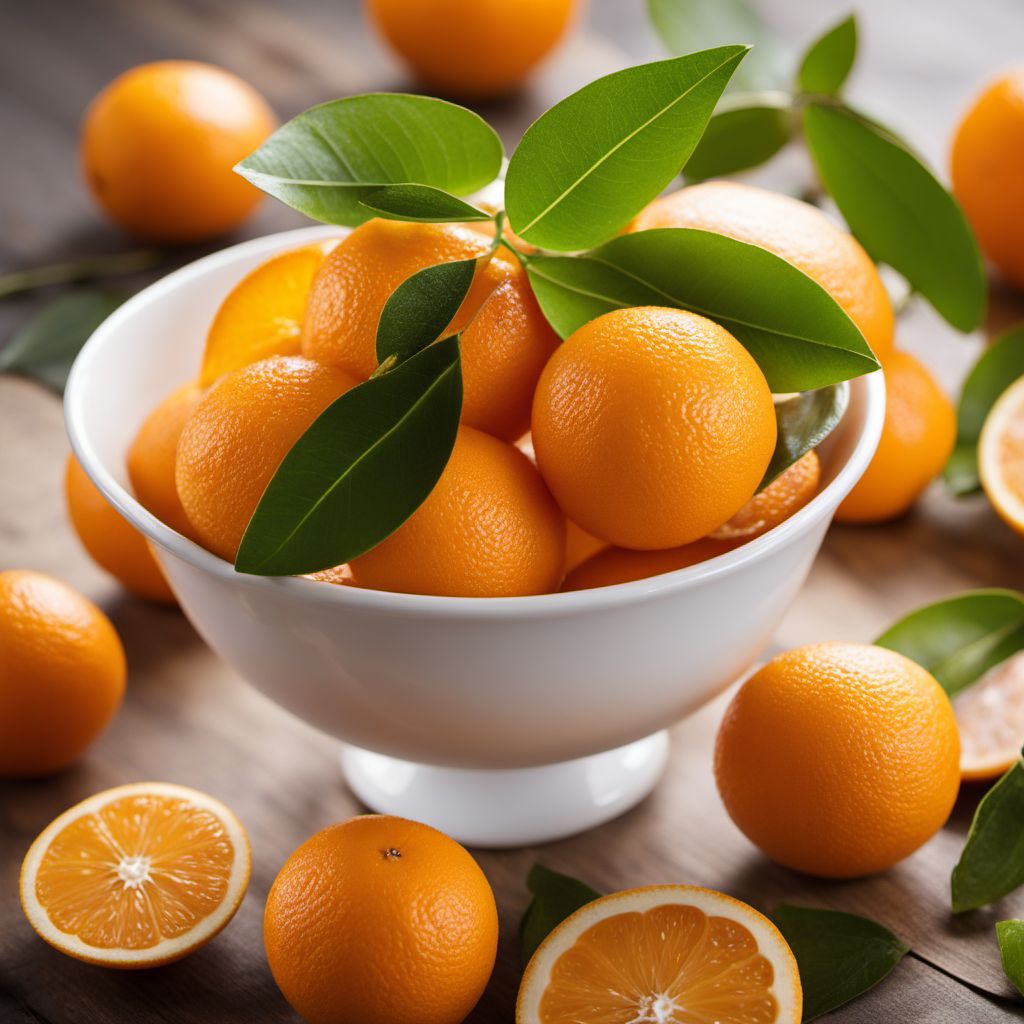
Ingredient
Calamondins
The Zesty Jewel of Citrus
Calamondins are petite, round citrus fruits that resemble miniature oranges. They have a thin, glossy, deep orange skin that is slightly bumpy and easy to peel. The flesh of calamondins is juicy and divided into small segments, similar to other citrus fruits. These fruits are known for their intense tartness, which is balanced by a subtle sweetness. The flavor profile of calamondins is a delightful combination of sour, tangy, and slightly floral notes. The texture of the flesh is tender and juicy, with a few small seeds scattered throughout. Calamondins are often used in both sweet and savory dishes due to their unique taste and aroma.
Origins and history
Calamondins are native to Southeast Asia, particularly the Philippines, where they have been cultivated for centuries. They are believed to be a hybrid of kumquats and mandarin oranges. Calamondins have a rich cultural significance in Filipino cuisine, where they are commonly used in traditional dishes and beverages. Over time, they have gained popularity in other tropical regions around the world.
Nutritional information
Calamondins are a good source of vitamin C, providing approximately 45% of the recommended daily intake per 100 grams. They also contain small amounts of vitamin A, potassium, and dietary fiber.
Allergens
There are no known allergens associated with calamondins.
How to select
When selecting calamondins, look for fruits that are firm and heavy for their size. Avoid any fruits with blemishes, soft spots, or signs of mold. The skin should be vibrant orange and free from wrinkles or discoloration. Calamondins that have a slightly glossy appearance are usually the juiciest.
Storage recommendations
Calamondins can be stored at room temperature for up to a week. For longer storage, place them in a perforated plastic bag in the refrigerator, where they can last for up to two weeks.
How to produce
Calamondins can be grown in warm, tropical climates. They thrive in well-draining soil and require regular watering. If you live in a colder climate, calamondins can be grown in containers and brought indoors during the winter months.
Preparation tips
To extract the juice from calamondins, roll them gently on a countertop to loosen the juice. Cut the fruit in half and squeeze out the juice using a citrus juicer or by hand. The juice can be used in marinades, dressings, cocktails, or as a flavoring in various dishes. The zest of calamondins is also highly aromatic and can be used to add a burst of citrus flavor to baked goods, sauces, or desserts.
Substitutions
If calamondins are not available, a suitable substitute would be a combination of equal parts lime juice and orange juice to replicate the tangy and citrusy flavor.
Culinary uses
Calamondins are commonly used in Filipino cuisine to make calamansi juice, a refreshing and tangy beverage. They are also used to flavor sauces, marinades, and vinaigrettes. In desserts, calamondins can be used to make marmalades, jams, or added to pies and tarts for a burst of citrus flavor.
Availability
Calamondins are commonly available in Southeast Asian countries, particularly the Philippines. They can also be found in tropical regions such as Florida and parts of South America.
More ingredients from this category

Satsumas
Sweet and Tangy Citrus Delights

Clementines
Sunshine in a Peel: Clementines

Mediterranean mandarins
Sun-Kissed Citrus Delight

Cleopatra mandarins
The Citrus Jewel: Discover the Allure of Cleopatra Mandarins

Minneolas
The Citrus Gem

Mandarins
The Citrus Jewel

Tangors
The Zesty Hybrid: Unveiling the Tangors' Citrus Symphony

Other hybrids of Citrus reticulata, not elsewhere mentioned
Citrus Reticulata Hybrids: Unveiling the Zesty World of Citrus Delights

Tangerines
The Tangy Delight

Tankan mandarin
The Citrus Jewel
Recipes using Calamondins » Browse all
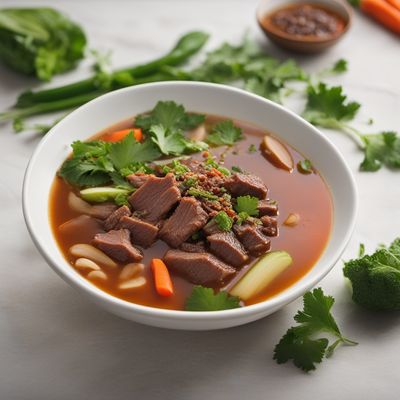
Filipino Beef Soup Delight
Savory Beef Medley: A Taste of Filipino Soup Bliss

Kinilaw: A Refreshing Filipino Seafood Salad
Tropical Delight: A Burst of Freshness in Every Bite

Sinigang with a Twist
Tropical Sour Soup: Sinigang with a Burst of Flavor
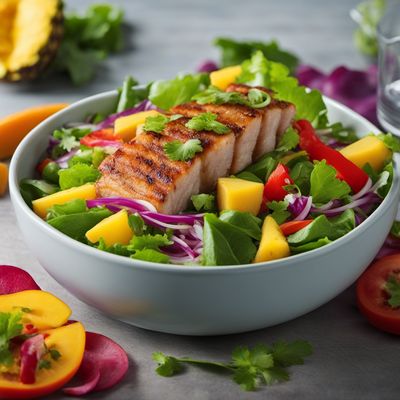
Filipino-style Sildesalat
Tropical Herring Salad: A Filipino Twist on Danish Sildesalat

Sizzling Sai Krok Isan
Fiery Thai Sausage Sizzler with a Filipino-American Twist
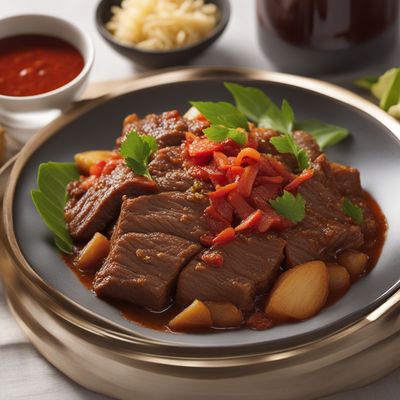
Classic Beef Mechado
Tender Beef Stew with a Filipino Twist
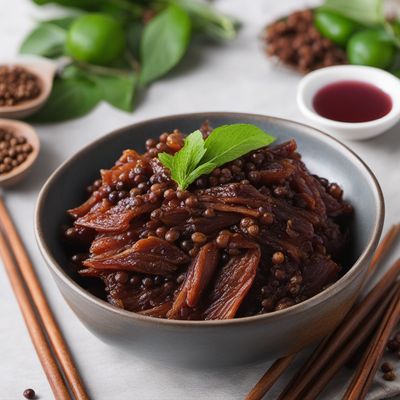
Adobong Sawâ with a Twist
Savory and Tangy Frog Adobo

Creamy Lemon Sauce
Zesty Lemon Delight: Creamy Filipino Lemon Sauce

Filipino-style Mojo Chicken
Tropical Tangy Chicken Delight

Pancit Palabok
Savor the Flavors of Pancit Palabok: A Filipino Delight

Pancit Lucban with a Twist
Savory Delight: A Modern Twist on Pancit Lucban
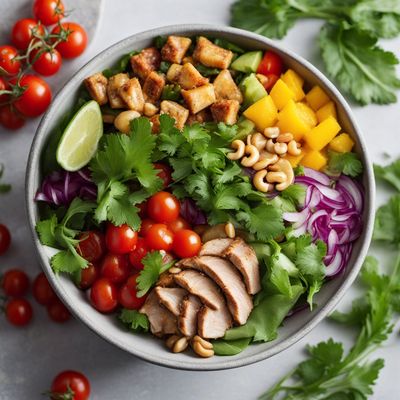
Filipino-style Salade Rachel
Tropical Twist: Filipino-inspired Salade Rachel